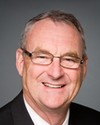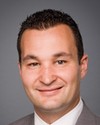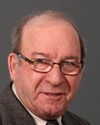I can't speak to that example, because unfortunately, that's not our friendship centre. That's the main service delivery centre of the Aboriginal Council of Winnipeg.
We have a friendship centre, the Indian and Métis Friendship Centre of Winnipeg, but it's not at the site you're talking about. It's an example, though, of how friendship centres are community developers. A lot of programs, such as housing programs, start in friendship centres. They grow, they become too big, and they become their own organization.
In the larger communities in this country, the Winnipegs, Torontos, Vancouvers, the friendship centres started a lot of the other aboriginal service providers in those communities. So they become one of many. In medium-sized communities, they are one of a few that usually help others start up. In the smaller communities, they're the only game in town. Those are the three types of friendship centres that we have.
But you're absolutely right: that's the role that friendship centres play. By paying for the executive director, the receptionist, the bookkeeper, and the building, we can go to another government department. They might only have a $100,000 program--that's a one-time program--so depending on the department, we get 10% to 15% for administration; we get $10,000 to $15,000 to run the program. Clearly, this is not enough to open a building or to hire an executive director or the bookkeeper, but it's enough to run the program and to support the other costs associated with it.
That's what we mean when we say that the friendship centre program is an enabler. Because the core is there, we can do other programs as a result.







